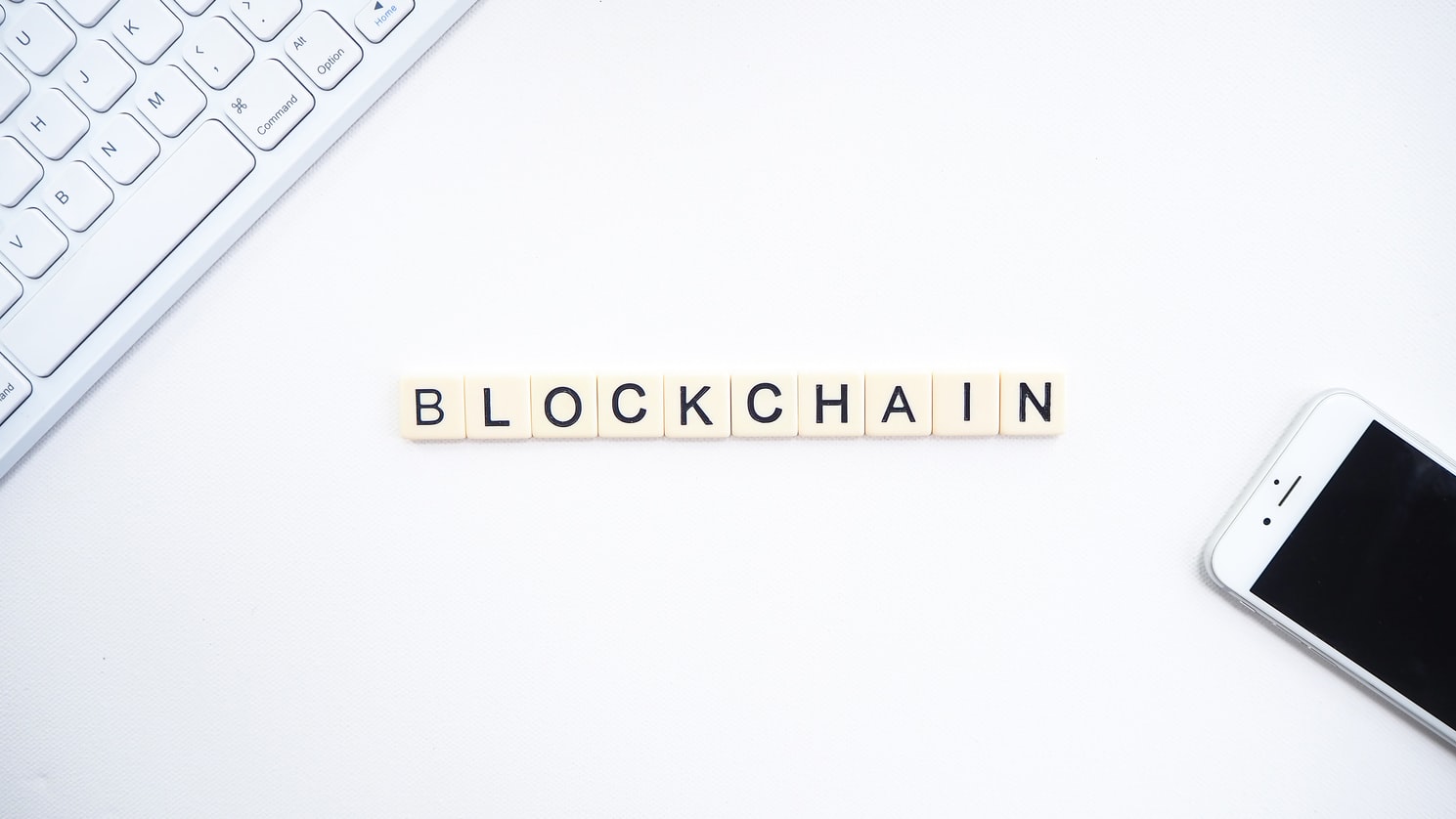Based on the Digital currencies, blockchain technologies could work at the very minimum power much more significant trading mediums. Digital currencies, though, are just the first application of blockchain framework. Bitcoin (BTC) turned into created to characteristic as peer-to-peer digital cash. Whether you're spending or accepting BTC as a charge, it's far prudent to apprehend how a transaction works. Bitcoin transfers are messages such as e-mail, that can be digitally verified using encryption and sent to the entire Bitcoin system. The records of each BTC transaction leads again to the factor in which the bitcoins had been first produced.
Blockchain Fundamentals:
It uses an add-only storage system, ensuring that a blockchain can be loaded with new transactions and data, but prior data cannot be removed. This means that data and transfers between 2 or more entities are reviewed and permanently registered. This has the potential to make our cultural - financial systems more transparent and accountable. If you are looking for best trading software’s, you can visit here bitqh.net
A blockchain consists of program running that interconnects many nodes. There are many blockchains, not a single global body. Imagine a computer system linked to one another in a high-security office but not the web. A blockchain is the same: it will have a number of linked nodes but remain entirely independent and unique. For different operational purposes, the organisations and banks may create their private blockchains.
To ensure the credibility and usability of a blockchain, a consensus process and a rewards scheme are required. The Bitcoin blockchain is settled by "mining," and the compensation scheme is a protocol that rewards a miner some Bitcoin after mining a block effectively. The mining method is carried out by strong computers that solve complicated numerical equations. If the entire system has reviewed the transaction and approved it, the miners continue to work with the next block. A blockchain thus continues to expand (connecting newly formed block to previous blocks).
Implications for Transactions:
Maintaining transaction information is a central feature of both organisations. The aim of these documents is to follow past results and facilitate future predicting and preparation. Some companies require a lot of time and resources to create databases, and sometimes mistakes are caused by the development and preservation processes. Transactions could be carried out directly, but payment can take many hours to many days. A person that sells shares of a business on a stock exchange may, for example, sell immediately, but payment may take several days. An agreement can often be easily arranged and signed for the buying of a home or vehicle. Still, the process of registration (verification of and approval of change of possession of property) frequently takes days and can include attorneys and government employees. Each group keeps its own ledger in each of these cases, and cannot view the other parties' ledgers.
The method of verifying and tracking transactions is instantaneous and irreversible on the blockchain. The ledger is scattered over many nodes, which ensures that the data are immediately mirrored and preserved on each node in the framework When a transaction is reported in the blockchain specifics of the transaction are recorded, checked and resolved in all nodes within seconds, such as prices and properties and ownership. A tested shift is often recorded on all other versions of a ledger collectively. Because any transaction is registered in all ledgers transparently and indefinitely, available to anyone, there is no requirement for confirmation by third parties.
From Virtual Currencies to Enterprise Use:
The Bitcoin blockchain is today the biggest and most common blockchain. Ethereum is a distinct blockchain, but also a shared storage framework that serves the Ether coin, with smart contract functionality. Therefore, it has much more purposes than Bitcoin, although possessing a virtual currency feature. Companies of different sectors that finance the ICO use Ethereum for their ventures. The Linux Foundation's Hyperledger project attempts to pool a range of individual projects to establish open frameworks and specifications for business blockchain technology.
Long Term:
Blockchain technology is only in the early pivotal stages, and its first big application is cryptocurrencies. Beyond cryptocurrencies, blockchain technology changes our transactions, and our transactions tracking and checking. This revolutionises contracts and reduces the friction of asset trading.






